There can be your advertisement
300x150
What Will Be Trendy in Interior Design in 2026: 7 Trends
Time when the home becomes a reflection of personality, lifestyle, and values of its inhabitants
Forget the rules 'no more than three colors in interior design' and 'minimalism is stylish'. 2026 rewrites the rules of design: maximalism, bold contrasts, and interiors that tell stories are in fashion. While some still paint walls beige, advanced homeowners already experiment with neon accents and vintage rugs on walls. Let's explore which trends will define tomorrow's interior fashion.
Main points from the article:
- Maximalism and bright contrasts replace Scandinavian minimalism;
- Biophilic design becomes not just a trend, but a necessity for mental health;
- Technology integrates into the interior so organically that it becomes invisible;
- Vintage and handmade gain new value in the age of mass production;
- Flexible spaces adapt to any needs — from work to fitness;
- Color experiments replace the familiar neutral palette;
- Personalization becomes the main criterion for good design.
Trend 1: Maximalism as the New Minimalism
The era of 'less is more' has officially ended. 2026 proclaims: more is indeed more. Rich interiors with an abundance of details, vibrant colors and bold combinations become symbols of the new era.
- Mixing styles and eras in one space;
- Layered textiles — rugs on rugs, cushions of different sizes and textures;
- Walls-as-galleries with paintings from floor to ceiling;
- Collections of items as the basis for decoration;
- Luxurious textures — velvet, silk, natural fur.
Important: maximalism in 2026 is not chaos, but carefully planned eclecticism. Each item has its place and meaning; all elements are united by a common idea or color palette.
Trend 2: Biophilic Design — Nature as Therapy
Urbanization has reached a critical point: modern people spend 90% of their time indoors. Biophilic design is no longer a fashionable gimmick but a life necessity to support mental health.
- Large plants as architectural elements (ficus, monstera, palms);
- Vertical gardens and living walls;
- Natural materials in finishing — untreated wood, stone, cork, bamboo;
- Organic shapes in furniture and decor;
- Imitation of natural processes — sounds of water, light movement.
Scientific studies confirm that interiors with elements of nature reduce stress levels by 15%, improve concentration and sleep quality. In 2026, this is no longer luxury but a basic need.
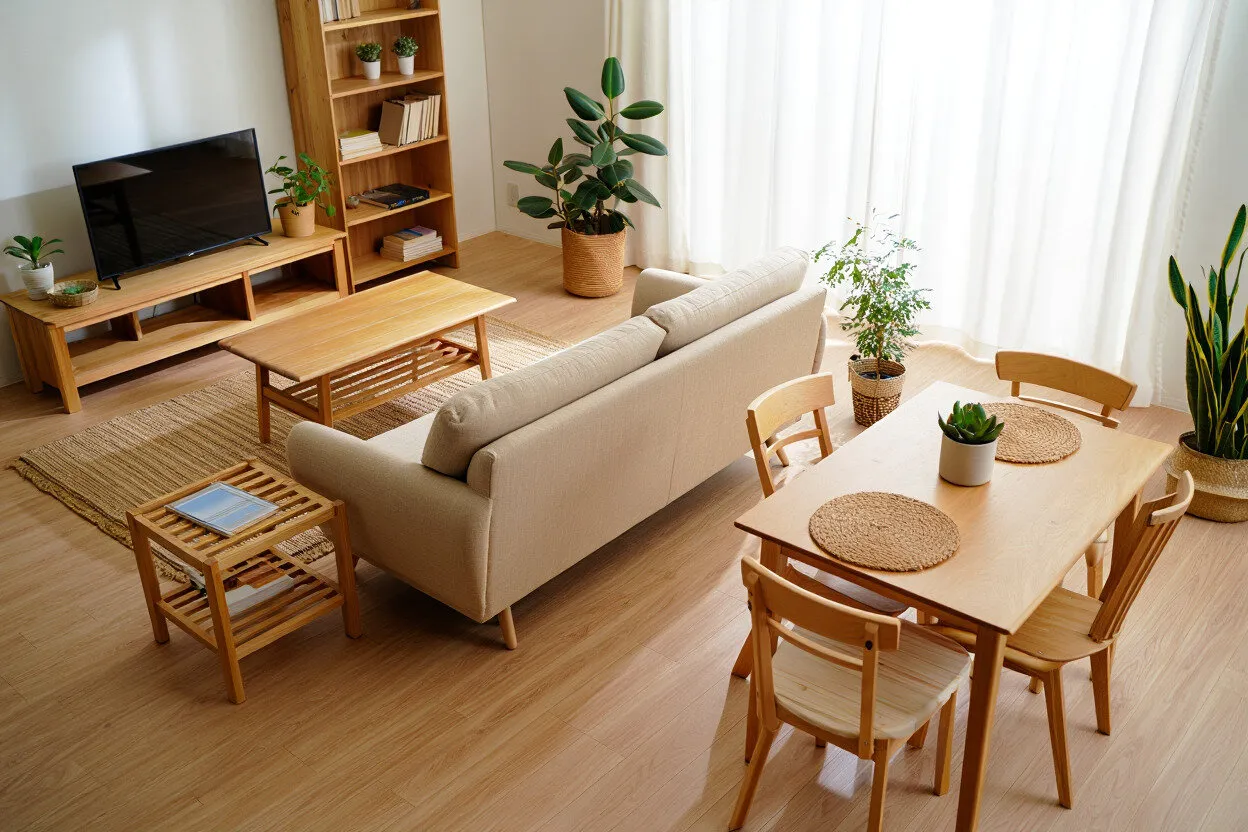

Trend 3: Invisible Technology
Smart homes no longer shout about their existence. Technologies in 2026 dissolve into the interior, become invisible but even more functional.
- TVs built into mirrors and picture frames;
- Wireless charging integrated into countertops and nightstands;
- Voice control without visible speakers;
- Lighting that automatically adjusts to circadian rhythms;
- Climate control through invisible sensors.
Main principle: technology should simplify life, not complicate the interior. The fewer wires and buttons you see, the better.
Trend 4: Vintage as New Luxury
In an age of mass production and fast fashion, vintage items gain the status of real luxury. Items with history are valued higher than new designer pieces.
- Furniture from the middle of the 20th century by famous designers;
- Soviet modernist furniture in excellent condition;
- Handmade rugs and textiles;
- Ceramics and handcrafted porcelain;
- Books and artworks with provenance.
An important feature of this trend: vintage is not copied but bought authentic. People are willing to pay more for authenticity and uniqueness.
Trend 5: Flexible Spaces for Multitasking
The pandemic changed the relationship with home: now it's not just a place to relax but also an office, gym, cinema, restaurant. Interiors of 2026 adapt to any needs of the owners.
- Modular furniture that easily reconfigures;
- Sliding partitions for quick zoning;
- Multifunctional items — transforming tables, bed-storage units;
- Mobile storage systems on wheels;
- Folding and hanging furniture.
Goal: one room can become a workspace, yoga studio, and cinema in a day without losing aesthetic appeal.
Trend 6: Color Experiments Against the Gray
The neutral palette of recent years is officially considered boring. 2026 is the time for bold color choices and unexpected combinations.
- Contrast combination of warm and cool tones;
- Neon accents in calm interiors;
- Monochromatic rooms in bright colors (emerald, burgundy, ultramarine);
- Gradient transitions on walls;
- Metallic tones as a base, not an accent.
Rule for 2026: if the color evokes emotion, it fits. The time of sterile interiors is over.
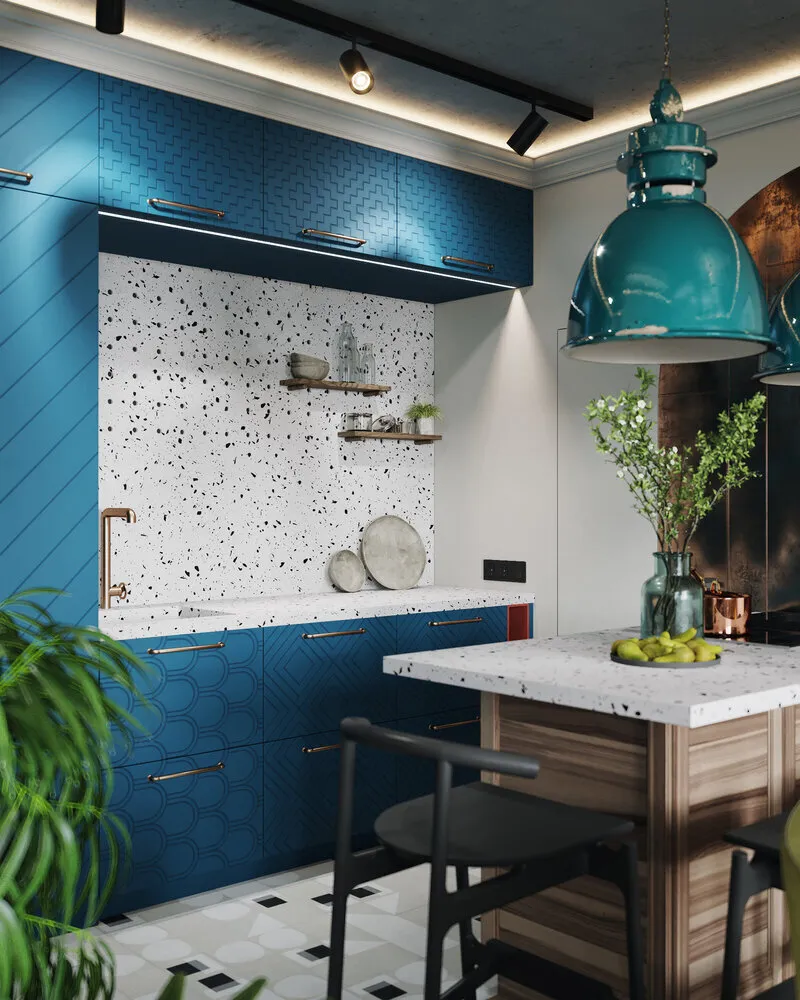
Design: ToTaste Studio
Trend 7: Personalization Above All
The main anti-trend of 2026 — interiors 'as in magazines'. Trendy are spaces that tell the story of specific people, their hobbies, travels, family traditions.
- Family photos as the basis for decoration;
- Hobby collections — from vinyl to minerals;
- Handmade elements — paintings, sculptures, handmade ceramics;
- Souvenirs from travels but not on shelves, integrated into the interior;
- Books, records, magazines as design elements.
Important: personalization does not mean clutter. Personal items should be beautifully organized and presented.
Anti-trends of 2026: What to Avoid
- Total minimalism. Empty rooms with one piece of furniture look uncool, not stylish.
- Gray-beige palette. Neutral colors remain in the past as symbols of fear of self-expression.
- Open shelves everywhere. Storage should be functional, not demonstrative.
- Fake plants. In the age of biophilic design, plastic greenery looks ridiculous.
- Identical light fixtures. Lighting should be multi-level and varied.
How to Implement Trends Without Redecorating the Entire Interior
- Start with accents. Bright pillows, unusual lighting fixtures, live plants — simple ways to refresh the interior.
- Add personal history. Hang family photos, display collections, show your hobbies.
- Experiment with color. Paint one wall in a bright color or add colorful textiles.
- Invest in technology. Smart lighting and climate control make the home more comfortable without visible changes.
- Look for vintage items. One quality vintage piece can transform the entire room.
Prediction: What Will Remain and What Will Pass
- Biophilic design (this is no longer a trend but a lifestyle);
- Personalized interiors;
- Technology integration.
Will pass quickly:
- Neon accents (too harsh for daily life);
- Total maximalism (fatigue from visual noise).
Will evolve:
- Color experiments (from loud to more complex tones);
- Flexible spaces (technology will become even better).
2026 will be a turning point in interior design. This is the time when the home stops being just a pretty picture and becomes a reflection of personality, lifestyle, and values of its inhabitants. What will be trendy is not what magazines dictate but what makes life better, more interesting, and more comfortable.
Cover: ToTaste Studio design project
More articles:
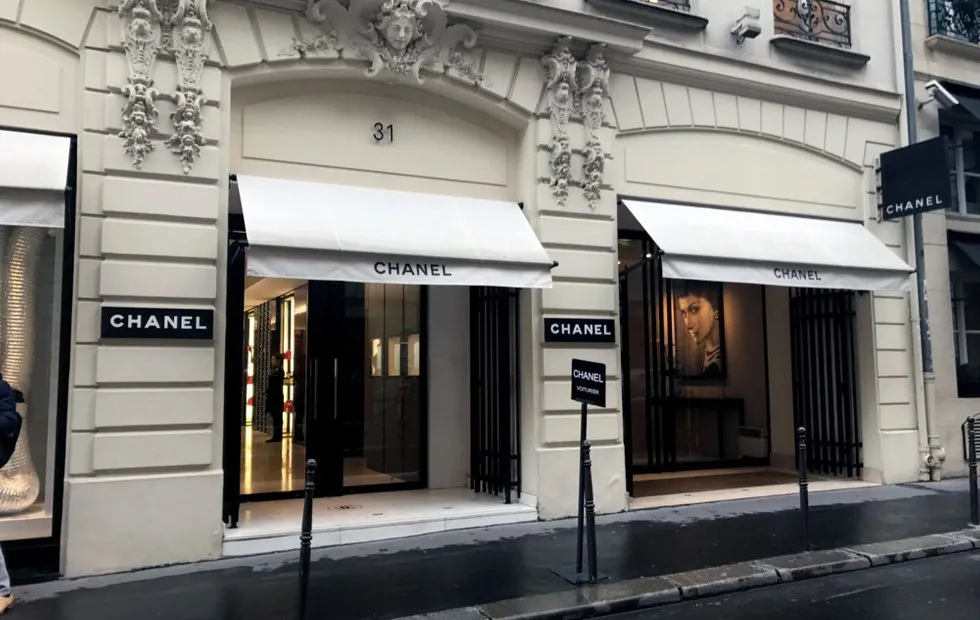 The Legend's Home: Where Coco Chanel Lived
The Legend's Home: Where Coco Chanel Lived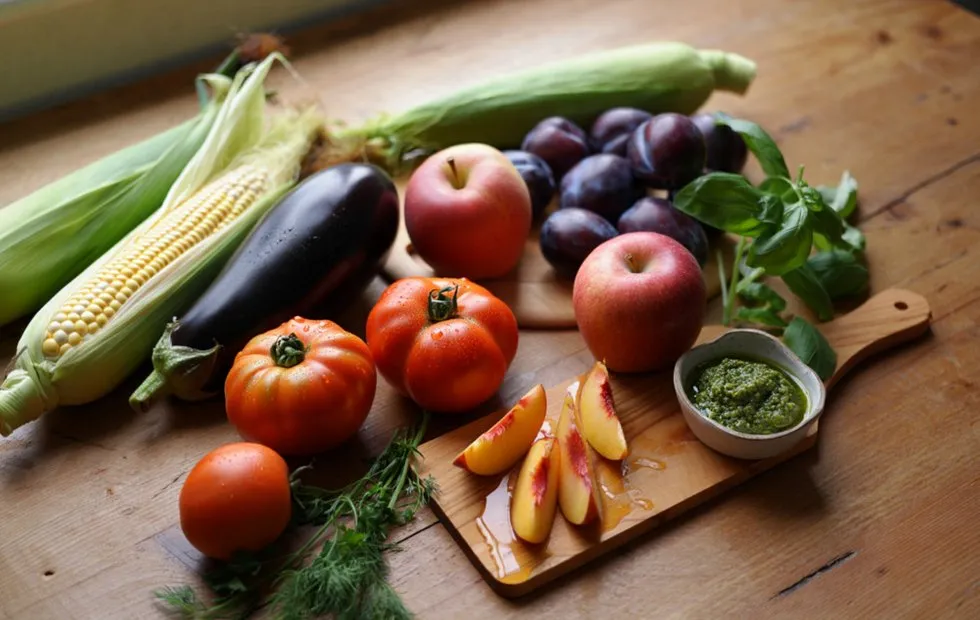 Secrets of August Kitchen: Cooking in a Way That Makes the Family Ask for More
Secrets of August Kitchen: Cooking in a Way That Makes the Family Ask for More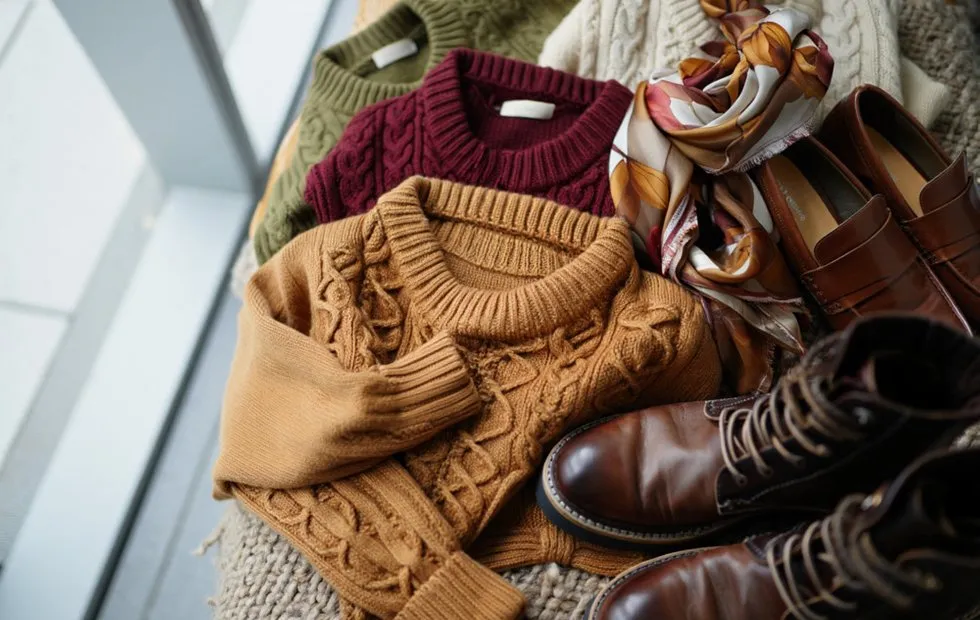 Autumn Capsule: How to Build a Wardrobe of 20 Items and Look Different Every Day
Autumn Capsule: How to Build a Wardrobe of 20 Items and Look Different Every Day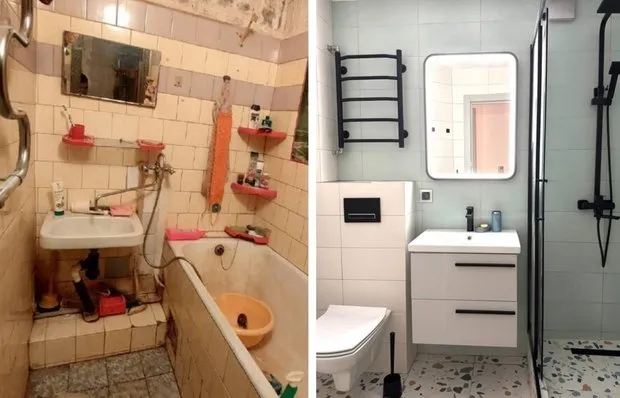 Before and After: Stylish and Budget-Friendly Bathroom Renovation in a Khrushchyovka
Before and After: Stylish and Budget-Friendly Bathroom Renovation in a Khrushchyovka Autumn Detox: What Works and What's Just Marketing Hype
Autumn Detox: What Works and What's Just Marketing Hype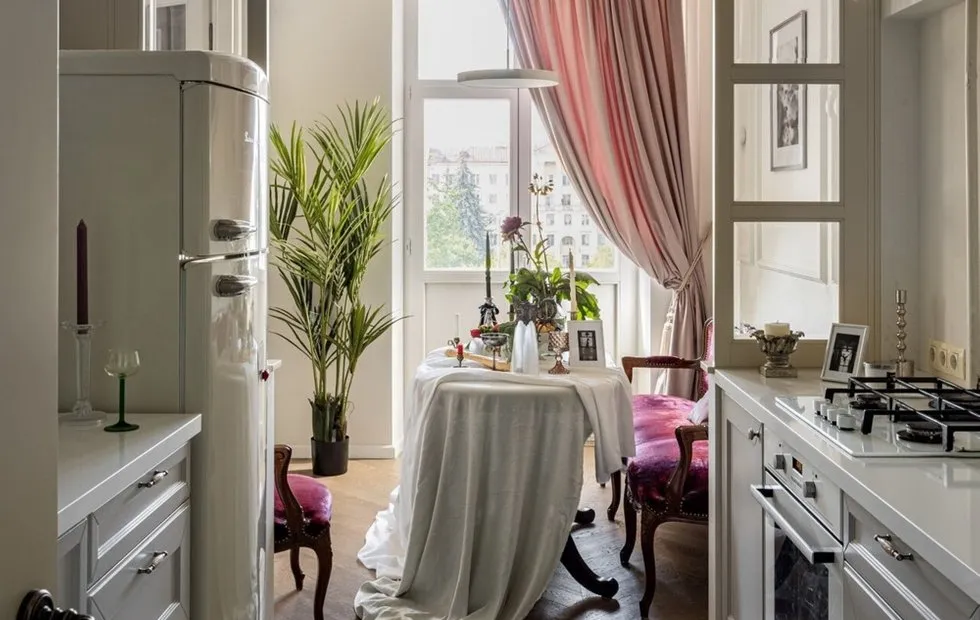 Repairing a Stalin-era Apartment for Half a Million Rubles: How to Preserve the Era's Spirit and Add Comfort
Repairing a Stalin-era Apartment for Half a Million Rubles: How to Preserve the Era's Spirit and Add Comfort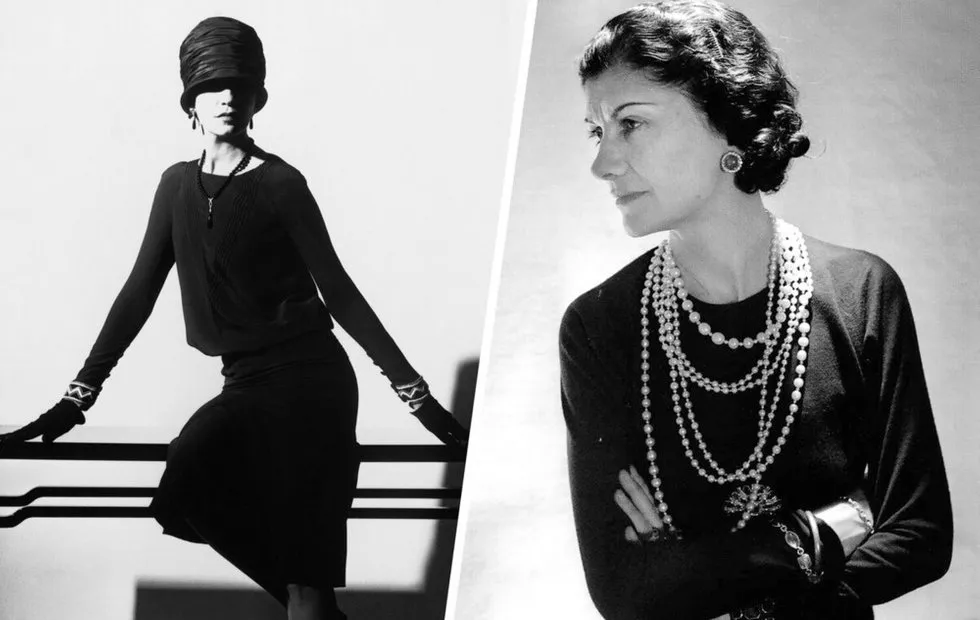 Secrets of Elegance: Coco Chanel's Lifestyle and Style Rules
Secrets of Elegance: Coco Chanel's Lifestyle and Style Rules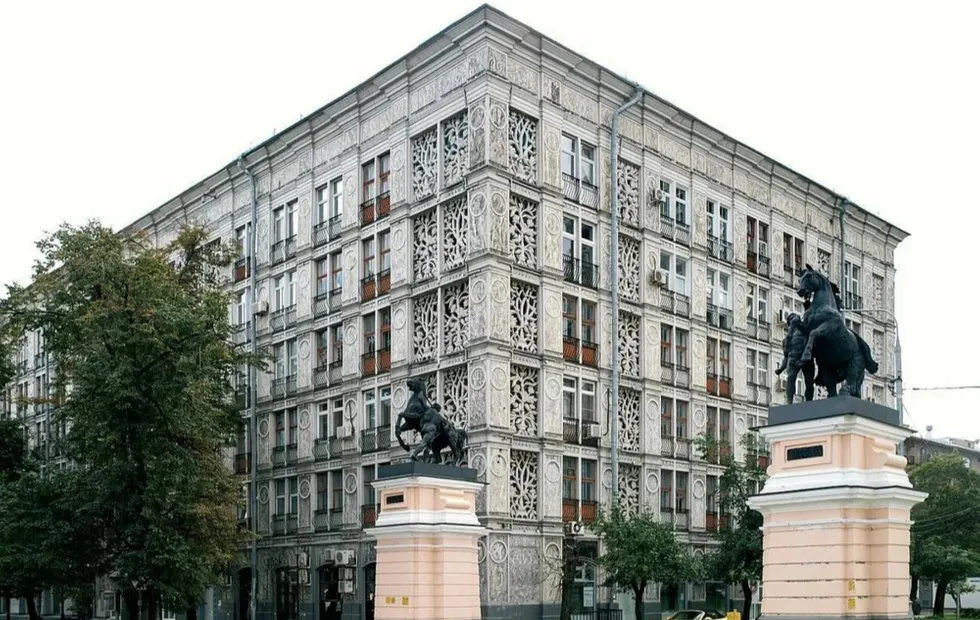 Ships and Towers: Most Unusual Houses of the 70s-80s
Ships and Towers: Most Unusual Houses of the 70s-80s